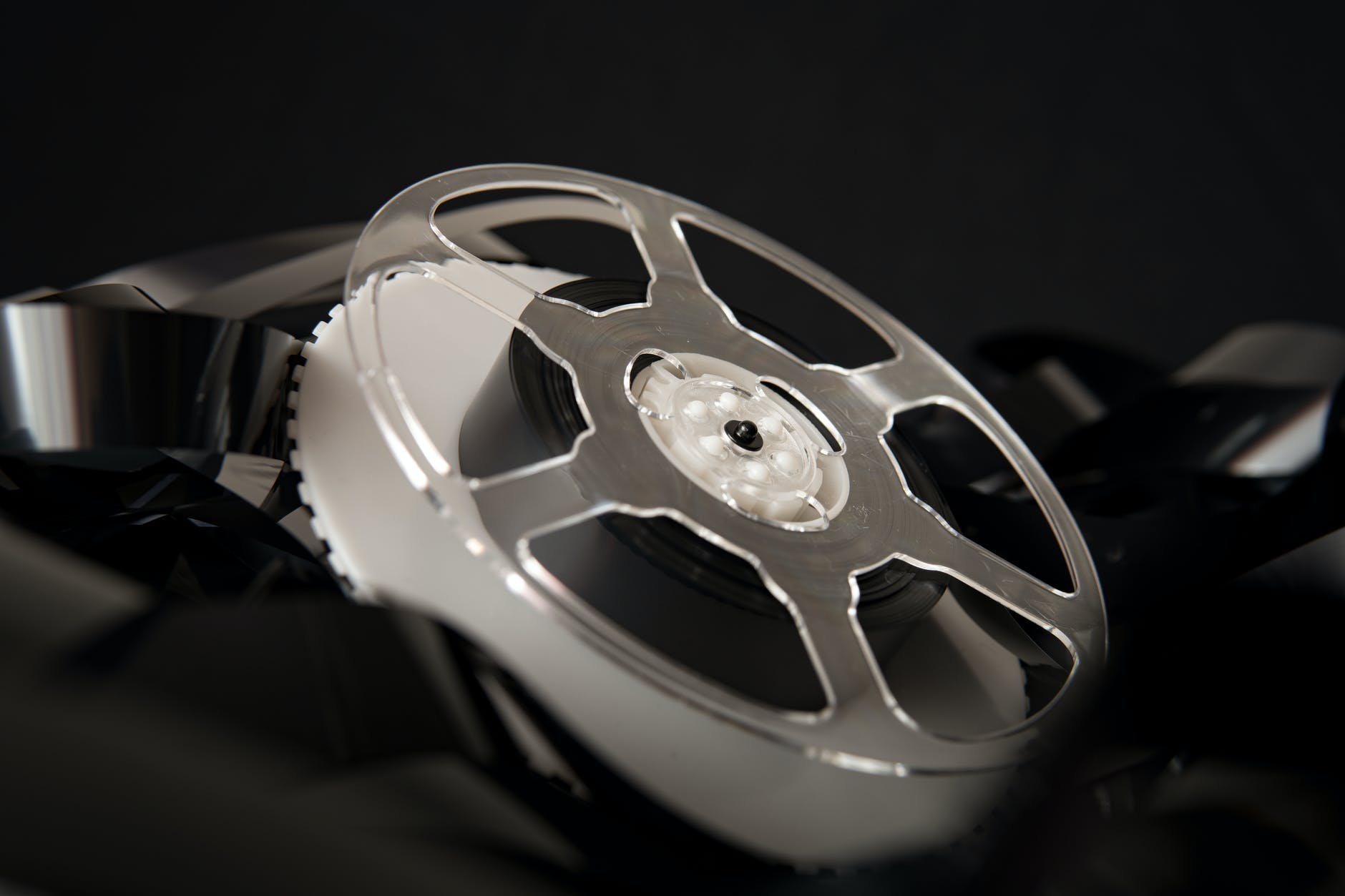I’ve always loved Calvin and Hobbes and could give you a long list of my favorite comics from that series. My very favorite, just maybe, is the Sunday comic where Calvin’s father explains to him why old photographs are in black and white. In fact, says Dad, the photographs are actually in color; it is the world that was black and white. The world didn’t turn color until sometime in the 1930s.
With a viewing enlightened by Dad’s explanation, the 2011 film The Artist imagines the world of the 20s without* sound. The titular “artist,” who has mastered the medium of communicating through facial expression and body language, finds himself lost in a world where speaking is the dominant mode.
The story is not a new one. Very roughly, it is another remake along the lines of the A Star is Born formula. What is new is the use of silent era techniques to comment on that moment in the film industry. The Artist was nominated for 10 Academy Awards and won in five categories, including Best Picture, Best Director, and Best Actor. It obviously struck a chord.
The story is presumed to be based, loosely, on the late career of Douglas Fairbanks, the swashbuckling silent film star. It also captures other true-life issues of the transition, such as popular film actors whose voices (due to accent or just unexpected timbre) did not match their screen personae. More than that, though, it is a exploration of the artistry of silent film making and the techniques that went into making for good acting or good filmmaking. What better way to show that then to make just such a film.
The Fairbanks connections is one that moves me personally. As a teen, I learned under a fencing coach who had worked with Douglas Fairbanks decades before. He spoke highly of the actor who was actually competent enough at swordplay to be a competitive fencer. Despite that connection, I’m not sure that I ever watched one of his films.
Because, after all, once “talkies” came in to being, why would anyone want to waste their time with a silent movie?

*The pre-talkie films of the 20s were scored and accompanied by (live) orchestra scores. Likewise in the film, where off-screen life is also silent, it is punctuated by the occasional dialog card and a dramatic instrumentation.

Pingback: 5-stars | et tu, Bluto?
Pingback: Babylon “B”? | et tu, Bluto?